 I have wondered about these SEW U books, and am delighted to finally have one of my own, the newest volume “Built by Wendy Dresses: The SEW U Guide to Making a Girl’s Best Frock.” It is a wonderful book and Wendy is a terrific teacher. She speaks your language, shares her enthusiasm and explains everything you need to know to create beautiful dresses.
I have wondered about these SEW U books, and am delighted to finally have one of my own, the newest volume “Built by Wendy Dresses: The SEW U Guide to Making a Girl’s Best Frock.” It is a wonderful book and Wendy is a terrific teacher. She speaks your language, shares her enthusiasm and explains everything you need to know to create beautiful dresses.The book covers all the basics, from information about the tools and silhouettes; narrowing down your best fit; pattern making; about two dozen separate dress projects; plus an envelope with three, sized, dress patterns. Even though there is a lot of material, for me, the chief purpose for a sewer to acquire this book is to teach a beginner to an intermediate level sewer, how to work with dress patterns, how to alter them to achieve their designer vision and how to adjust them for a better fit. This is a great skill for any sewer or anyone who loves fashion. It broadens your sewing ability and also your confidence to freely change and improve your clothing or your sewing projects.
Once you understand and acquire pattern making skills for dresses, you can utilize those techniques for anything from children’s clothing to an extra, extra large sized dress. In other words, the technique will go well beyond the three dress patterns that she has included in the back of the book.
If you are a beginner don’t be intimidated, you will learn the techniques, just follow her clear, logical steps, one by one, and by the second project you will be on a roll.
The spiral-bound book, is the kind of workbook, which invites the reader to jot useful notes, slip in a sketch or magazine photo of a dress you want to make, or staple a swatch of fabric to another page. Like a favorite cookbook, as you use it, it becomes your very own journal and work in progress documenting past, current and future sewing projects.
I also, very much respect, that she has included three, dress patterns in the book. Trust her patterns. They are her dress slopers (basic patterns) her starting point for all kinds of dresses developed from almost two decades of producing dresses that women choose to wear and buy. They are proven territory and will not only shortcut your project - since it is not always necessary to build a pattern from scratch - but also will insure a better fit, and a more elegant proportion.
Wendy spends quite a long time explaining the importance of good fit. Fit is a reason on it’s own to sew and make your own patterns, instead of buying off the rack. A well fitted dress feels comfortable, and with comfort comes a glow that spreads and is communicated to others. She writes about all the various considerations and how to assess your size. I particularly like that she mentions that “it’s not uncommon for women to wear one size on top and another on the bottom.” In other words use your own common sense, there are no rules, follow your body and personal preferences.
On the downside, she really skimmed on fabric selection. Your fabric choice, as much as the fit and the design, can make or break a dress. The drape and look of a fabric differ greatly within each category, for example tweeds – they come in so many different weights, textures and qualities. With that in mind, I would advise one to examine their own wardrobe carefully, or dresses in shops, to learn the differences between the hand feel, the drape, the care (hand washable or dry clean only), and the durability, before selecting the fabric. Develop your knowledge about fabrics, colors and patterns. Always buy the best quality fabric you can find and budget for, as it makes sewing a pleasure and will make the dress more special, more lasting, and more worthy of your work.
Even though it is not a book for experienced pattern makers, it is shock full of her valuable tips and advice (“…think twice, cut once.”), and her voice is fun, so you still may enjoy having it as part of your sewing library. Wendy’s book is fun and easy, and I highly recommend it.






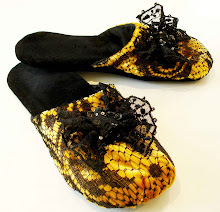
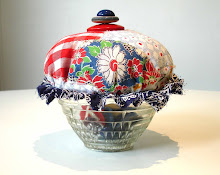




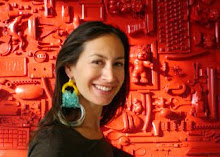




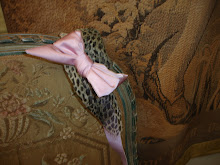
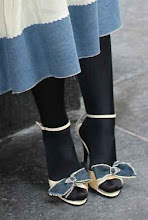



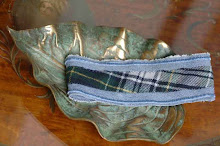



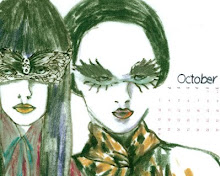





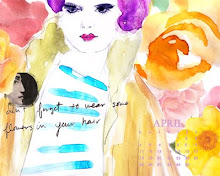
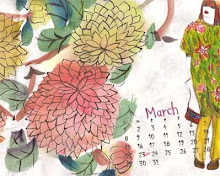
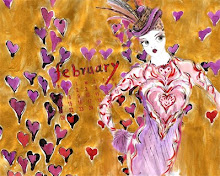
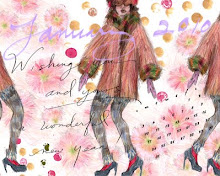
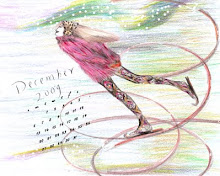
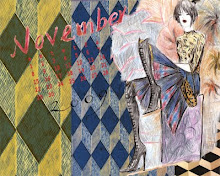



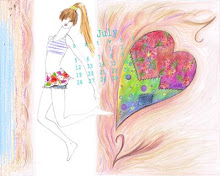
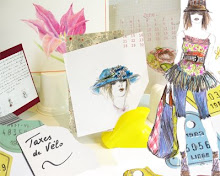
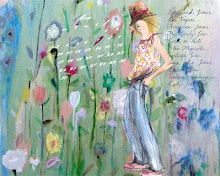
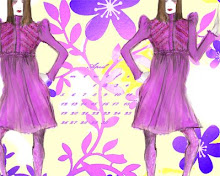
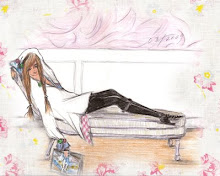
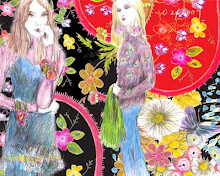
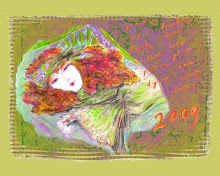



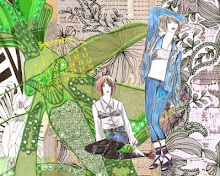








No comments:
Post a Comment